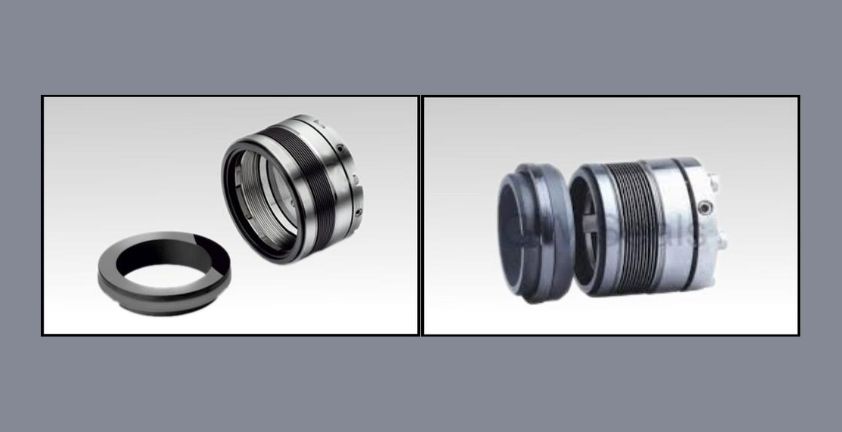Metal bellows sealing technology has got a great popularity in the recent years. It is being used in various sealing technologies such as corrosion resistant sealing, non-contacting gas lubricated sealing and high-temperature sealing and so on.
In applications where the liquid is pumped from one area to another by great temperature extremes, metal below seals are useful.
What is a metal bellows seal? It is made through stamping disc-like plates that are contoured and welded in pairs at the inner diameter to form separate convolutions of the bellows.
A series of convolutions stacked and welded at the outside diameter is there in the seal. It forms a bellows capsule. The assembly get finished with a suitable end-fitting.
When the metal below seals are chosen for a particular application, it is important to keep seven things into consideration.
- Shape of plate
The stroke and flexing of a seal is determined by the shape of the plate. If the configuration is nesting ripple, then the plates are contoured so they nest while compressed. Shape and contours improve the ability of the seal to withstand high pressures.
- Angle
If the bellows have straight flat segments, then they offer less reliable weld joints. Tilting the bellows axis reduces the stress at the welds and heat-affected area. Research shows that a 45 degrees tilt angle results in substantial increase in the plate rigidity, reduced fatigue, and reliability.
- Welding integrity
The manufacturing process should follow state-of-the-art methods and standards to assure weld integrity. The bellows units should be checked for leak-tight performance. Helium mass spectrometry and vacuum testing make it possible.
- Thickness of plates
Thickness plays an important role in bellows plates. Thin plates have lower face load and less heat generation. It ensures longer seal life. Thick plates are prone to metal fatigue. However, the thickness has to be decided based on various operational aspects.
- Pressure and seal balance
The seal should be capable of handling the reverse pressure. For that, seal balance should be proper. The ratio can be 70-30. It means 70 percent of the surface of the contact is above the effective diameter. Some seals are designed with 50-50 ratio.
- Plate span
Greater stability can be achieved by a narrow plate span under pressure.
- Face width
When the face width is kept narrow, it produces less heat at the seal faces. Due to lesser heat, face stability improves. Coking is also less when the face width is kept narrow.
Leak-Pack is ISO 9001:2008 certified company and leading mechanical seals manufacturer & supplier in India, providing solutions to all types of leakages by manufacturing Mechanical Seals and Sealing Components as per customer’s drawings, samples or requirements. To know more about Mechanical Seal call on +91-(2739) 271592 or email at info@leakpack.com.
Also Read:
How To Reduce Mechanical Seal Water Usage?

